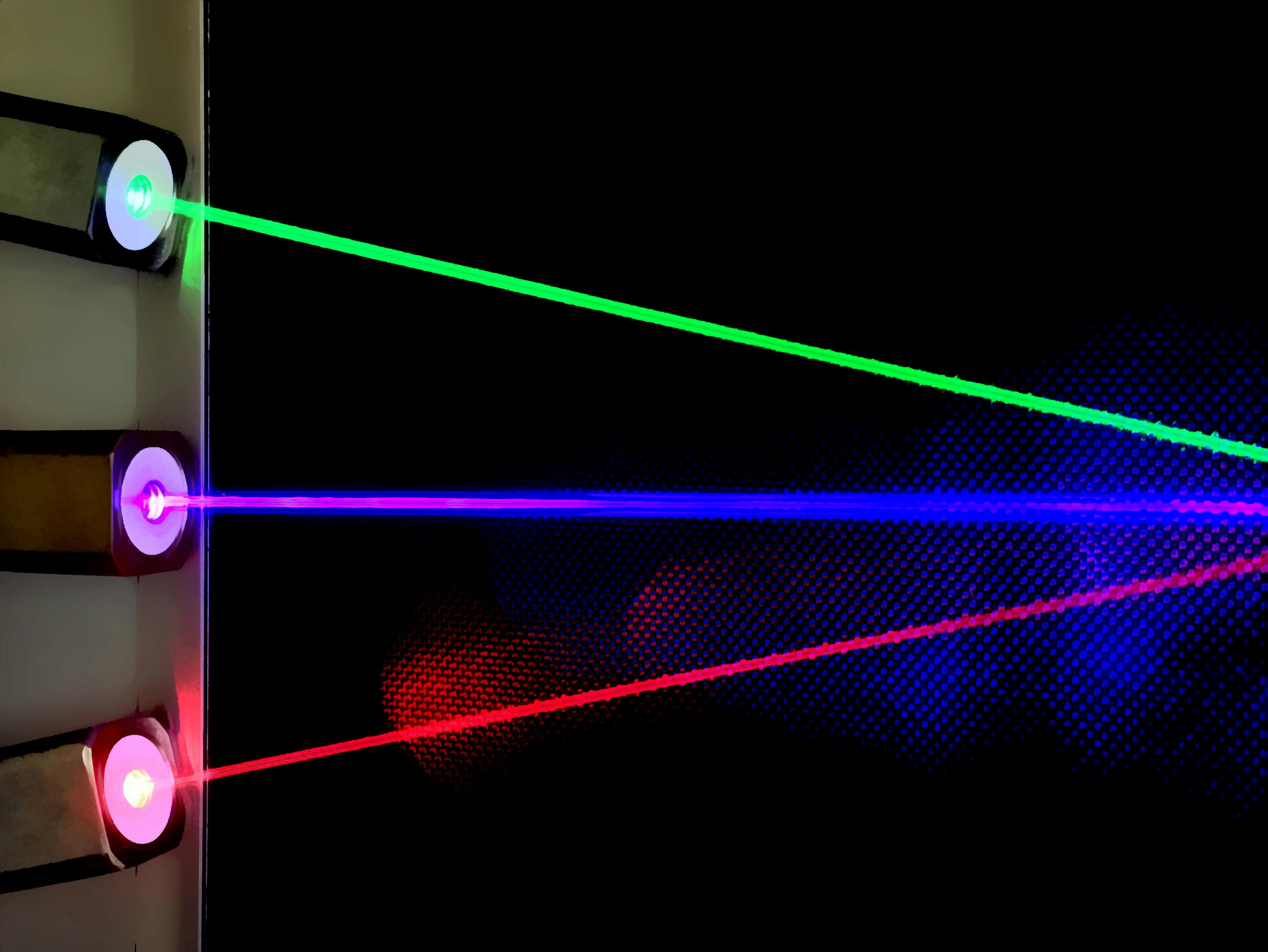"But How Do I Actually Start?" Making Games on Your Own as an Engineer
 Stacks and stacks of paper. By Sear Greyson.
Stacks and stacks of paper. By Sear Greyson.In the Unity for Software Engineers series, I give an accelerated introduction to game development in Unity. Subscribers have been following this series over the past few months, often suggesting areas to cover or elaborate on. A few months ago, a reader—also a software engineer—reached out to me (lightly edited, emphasis mine):
Read more →The biggest unknown for me is: How do I start? What does the process of creating a game look like? Should I build the scenes first? Should I design the gameplay mechanics first? With business software, it’s much more familiar. It’s easy to think, “Well, okay, I need to write the DAO or controller, etc.” But with games, I’m lost.
 Photo by KOBU Agency
Photo by KOBU Agency Original Photo by Pang Kakit
Original Photo by Pang Kakit Photo by Susan Yin
Photo by Susan Yin Photo by Mélanie THESE
Photo by Mélanie THESE